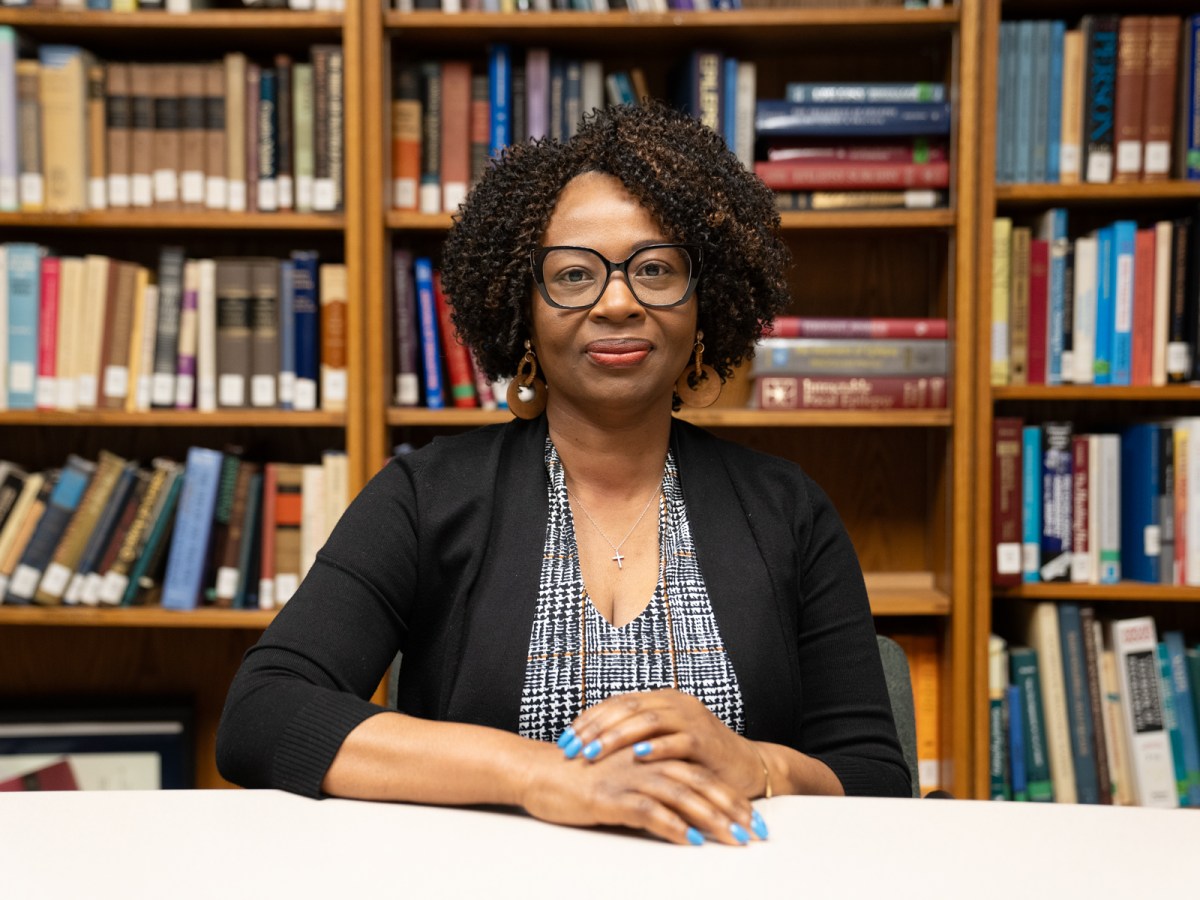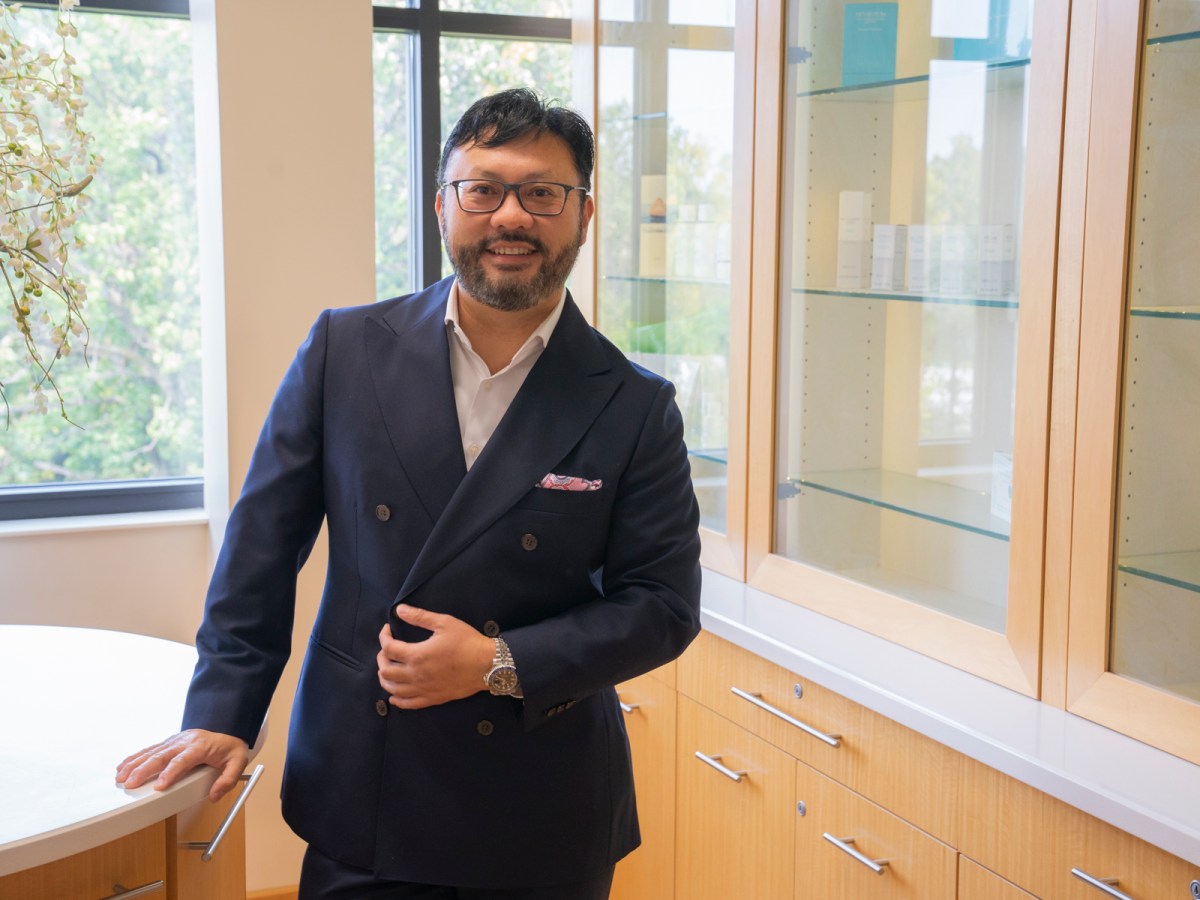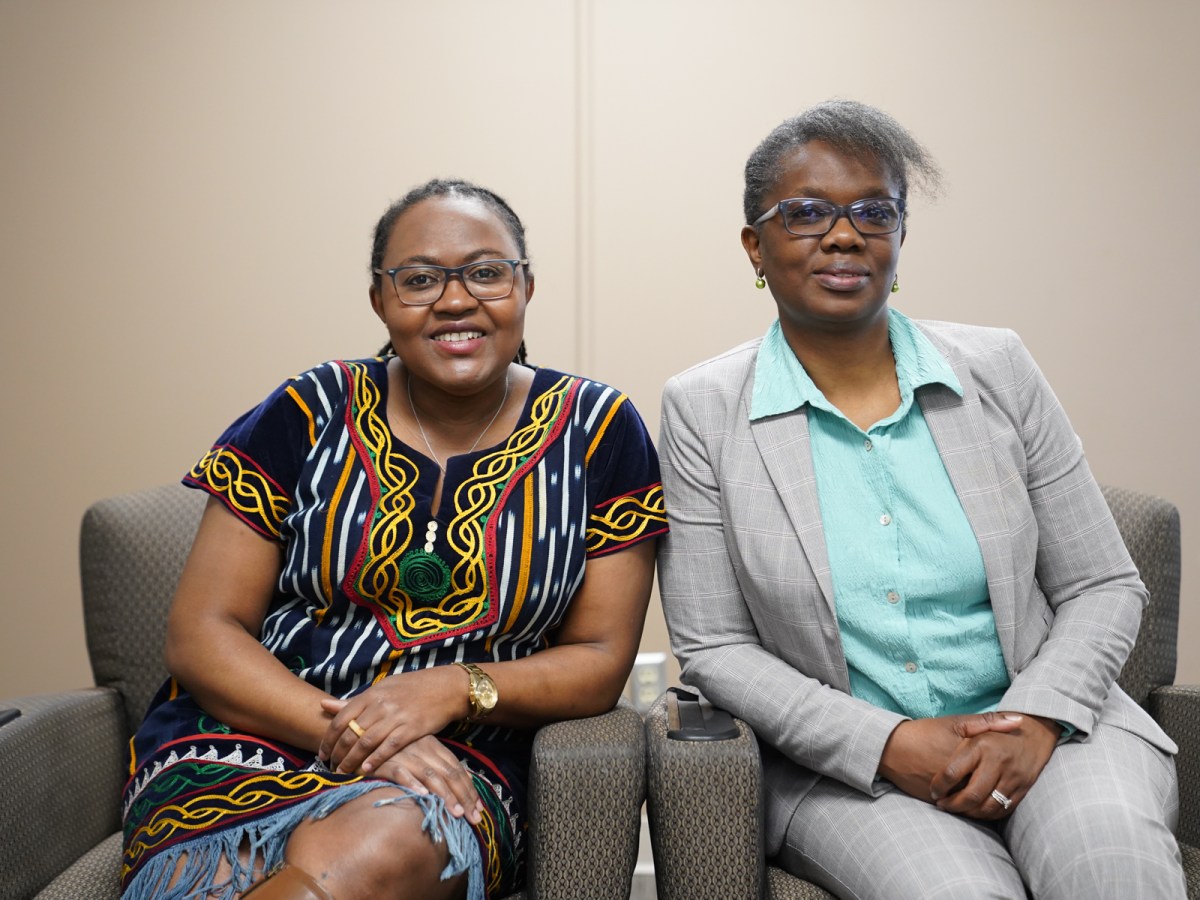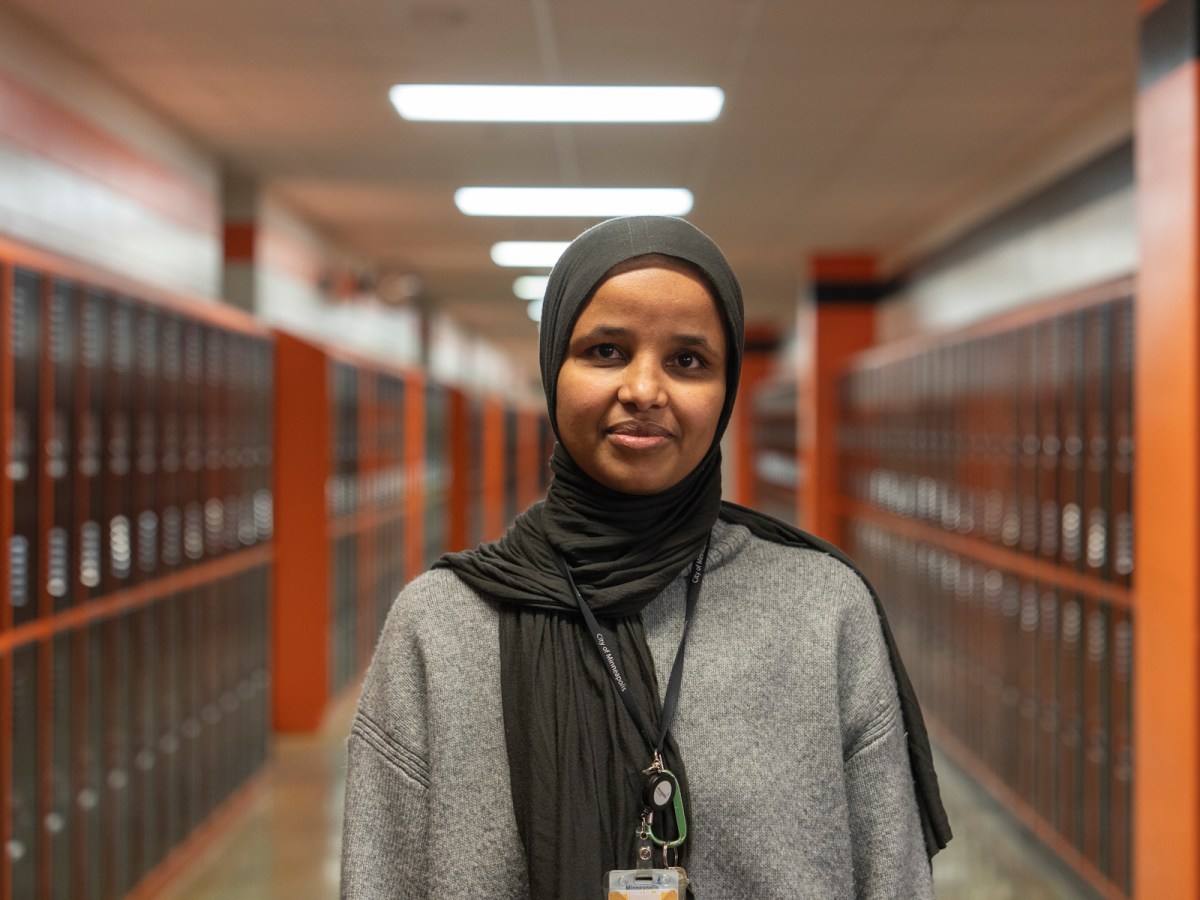When Emily McTate, a pediatric psychologist at the Mayo Clinic in Rochester, takes her 1-year-old son to the doctor, she puts on the badge that identifies her as Dr. Emily McTate.
Dr. Ashaunta Anderson, an assistant professor of pediatrics at the University of Southern California, does the same thing when her kids, who have sickle cell disease, need to get their symptoms checked out. She also calls the emergency department ahead of time to give them a heads up that she—an attending doctor — will be bringing in the kids.
“When people ask me, do you really want to be called ‘Doctor,’ or can I call you Emily?’ I explain that I’m very aware of discrepancies in care based on race,” said McTate, who has a Ph.D. “If there’s anything I can do to mitigate that, I’m going to do that.”
Mayo Clinic researchers Gladys Asiedu, Ph.D., and Dr. Sarah Atunah-Jay describe similar protections they take for their children. In their roles at Mayo—as a health services and health care delivery researcher, and as a pediatrician—they explore areas like health equity and global health.
But as parents of Black children, they also worry about their own children experiencing racism—including at the doctor’s office.
These concerns inspired a recent study to document racism within health care and how to create safe spaces in clinics for Black and brown youth.
The study, published in January in the journal Academic Pediatrics, sought input from Black and brown kids in the Rochester area, and their parents and guardians. Starting in July, 2020, the researchers surveyed three dozen people and asked them to describe their experiences interacting with the health-care system. The children, who were between the ages of 11 and 18, also offered recommendations for making health-care settings more welcoming to Black and brown patients.
‘If a child is experiencing racism in school, it’s a health concern’
Decades of research have established race-based disparities in health outcomes. Black and brown populations may have less access to health care and receive lower quality care. In part as a result, Black and brown people are more likely to suffer from diabetes, obesity, asthma, and heart disease, and to report worse outcomes from those conditions than their white peers.
More recent research has connected the experience of racism with these disparities: In 2019, the American Academy of Pediatrics declared racism a key determinant in the health of children. That finding pervades all different aspects of a child’s life.
“If a child is experiencing racism in school, it’s a health concern,” Asiedu said.
Traumatic experiences change biological functioning and have a significant impact on health, Atunah-Jay, the Mayo Clinic pediatrician, said.
But research on experiencing racism within the health-care setting is even newer. The January study may be the first to include youth voices.
Take sickle-cell disease, a condition that primarily impacts Black people. Anderson’s research has documented a low quality of care for sickle cell patients in the United States.
“You have to assume that some portion is related to bias on the part of the health-care system, or individual providers with unconscious bias, or past racism that has made the community not trusting of the health-care system,” Anderson, from USC, said.
Given their personal experiences, the four doctors were not surprised that the young participants and their parents described various forms of racism in clinical settings.
‘My daughter is not the first Black child to have a skin infection.’
In the new study, young participants and their parents described a variety of experiences in the health-care system that reflect racial bias. They include increased monitoring of youth within the clinic setting and unprofessional interactions, such as failing to ask about name pronunciation. Some parents and kids described a lack of expertise in caring for Black children, such as difficulty diagnosing skin conditions on darker skin.
The study includes several direct quotes describing specific scenarios:
I went to the doctor with my mom for her appointment, and we all know English fluently, and one of the receptionists…started speaking in Spanish with her and just kind of assumed that we know Spanish. But no, we don’t know, none of us know Spanish. I just thought it was kind of weird that they kind of assumed that.” (Asian-identifying boy)
“There’s plenty of minorities. It’s not like we all just jumped off a boat two weeks ago. My daughter is not the first Black child to have a skin infection. But the fact that the White doctor had no idea what it looked like on someone of darker skin—that’s [the hospital]’s issue. The [hospital] is not training them enough… the doctor had to go find someone to consult…and I was pissed off by the time he came back, I had a screaming, wet one-year old.” (Black-identifying parent)
It’s when I have a full-blown migraine…and they’re arguing with me, telling me that I have a opioid addiction. But if I was a white woman coming in with a migraine, they would dose me. I have no history of drug use. I’m not a felon. I have none of this, but it’s the simple fact that my skin is brown that I am scheming, conniving. (Black-identifying parent)
Many of the study participants said they had never shared these incidents before.
The researchers say these accounts match their own anecdotal experiences. McTate says health-care providers often use different language to describe experiences with patients of different races.
When a 2-year-old throws a tantrum, for example, a provider might say that the patient got upset, acted out, and hit a nurse. “But about a 2-year-old Black patient, they would say, ‘Hey, can you see this patient for me—she assaulted a nurse,’” McTate said.
The doctor’s office can be the right place to talk about racism
One goal with the Academic Pediatrics study was to address how providers can make health-care settings more welcoming to their Black and brown patients.
“Why shouldn’t there be time in the health-care encounter to address this issue?” Atunah-Jay said.
After all, part of a pediatrician’s job, Anderson said, is to be a parent coach. That can include discussions of racism, she said. Just as a doctor should make sure a kid is not exposed to choking hazards and that they’re wearing seat belts, a doctor can make sure the child has a healthy understanding of their racial identity. That may include reminding the parents to pay attention to racial content in media, Anderson explained.
“It’s lifting some of the load for them,” she said.
Not everyone wants to talk about racism during an appointment, but the researchers said they have seen patients appreciate the opportunity.
“I’ve had Black patients say, ‘That white social worker asked about my experience with racism; I didn’t know white people thought that way,’” McTate said.
The researchers say they are both hopeful and worried about the future of their children and patients in the health-care system.
“I worry that the urgency around responding to anti-Black racism has dwindled since 2020,” McTate said.
But there’s also been a shift in educating new doctors toward a more collaborative approach. “That will do wonders for any minoritized patient population,” she said.
Doctors offer a prescription for addressing racism in hospitals and clinics
Solutions to racism in medicine won’t be as easy as checking items off a list, according to Dr. Ashaunta Anderson, an assistant professor of pediatrics at the University of Southern California. “When we’re talking about racism and inequity, it doesn’t work like that,” she said. “It’s so much more complex.” Anderson collaborated with doctors and researchers at the Mayo Clinic, in Rochester, to study how Black and brown youth experience race in health-care settings. Their findings, published in January in the journal Academic Pediatrics, lead the researchers to offer recommendations that might make clinics and hospitals more welcoming…







